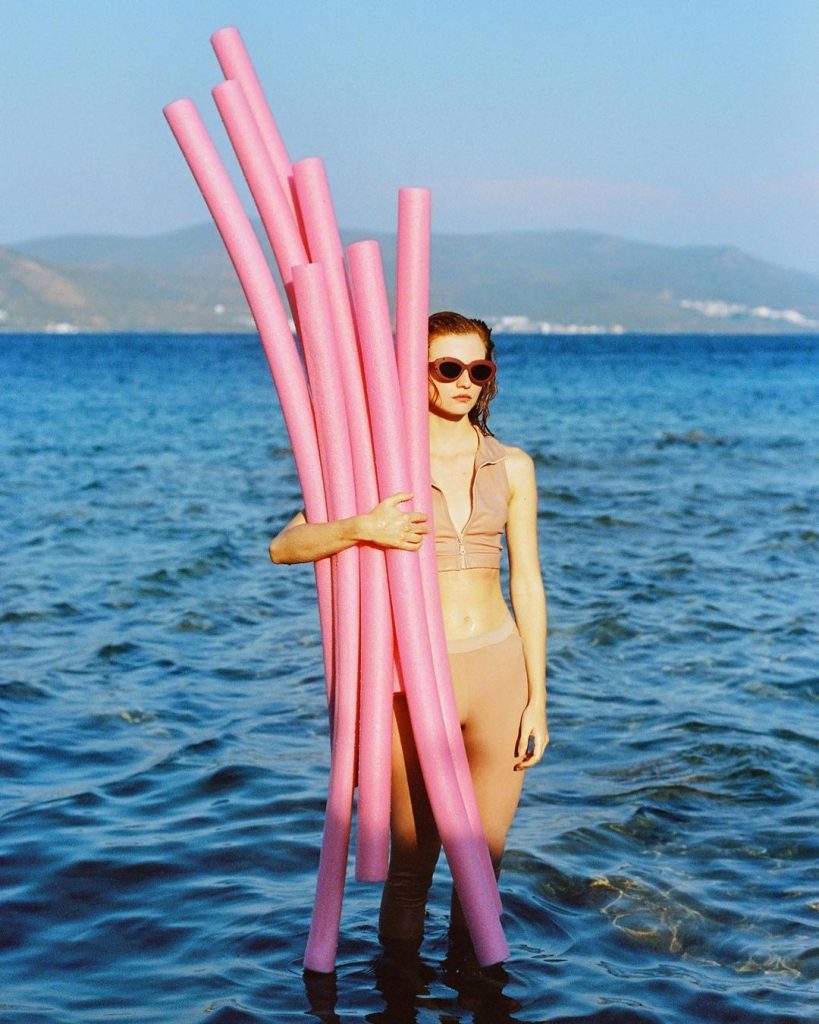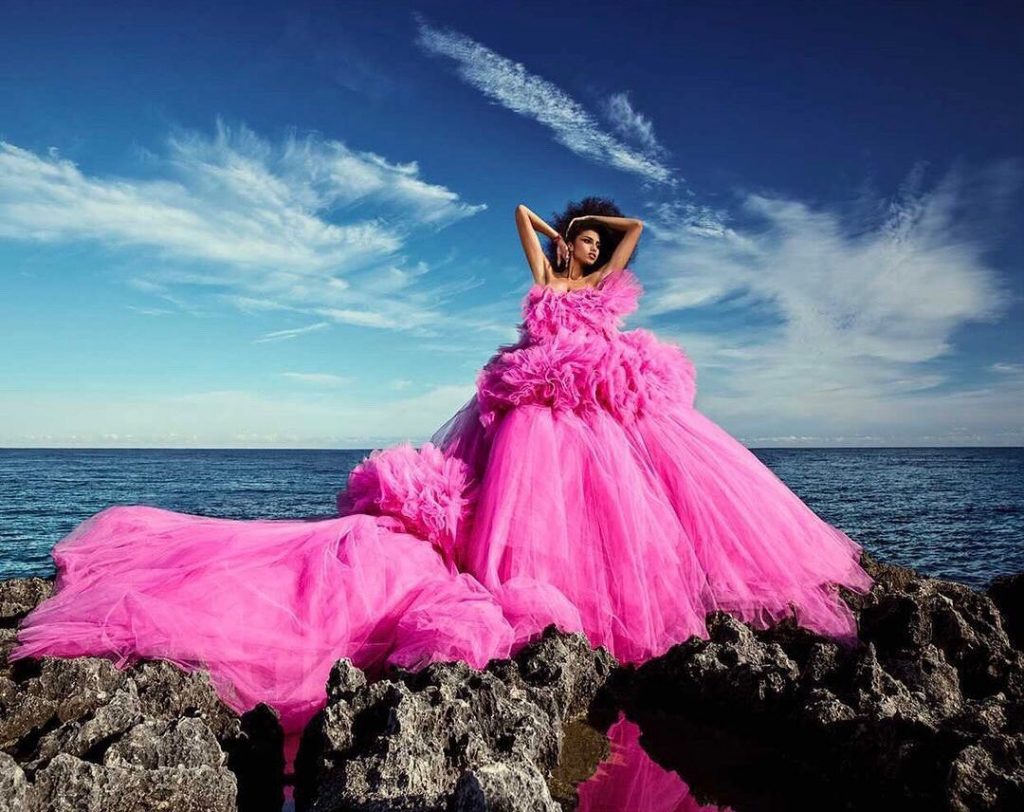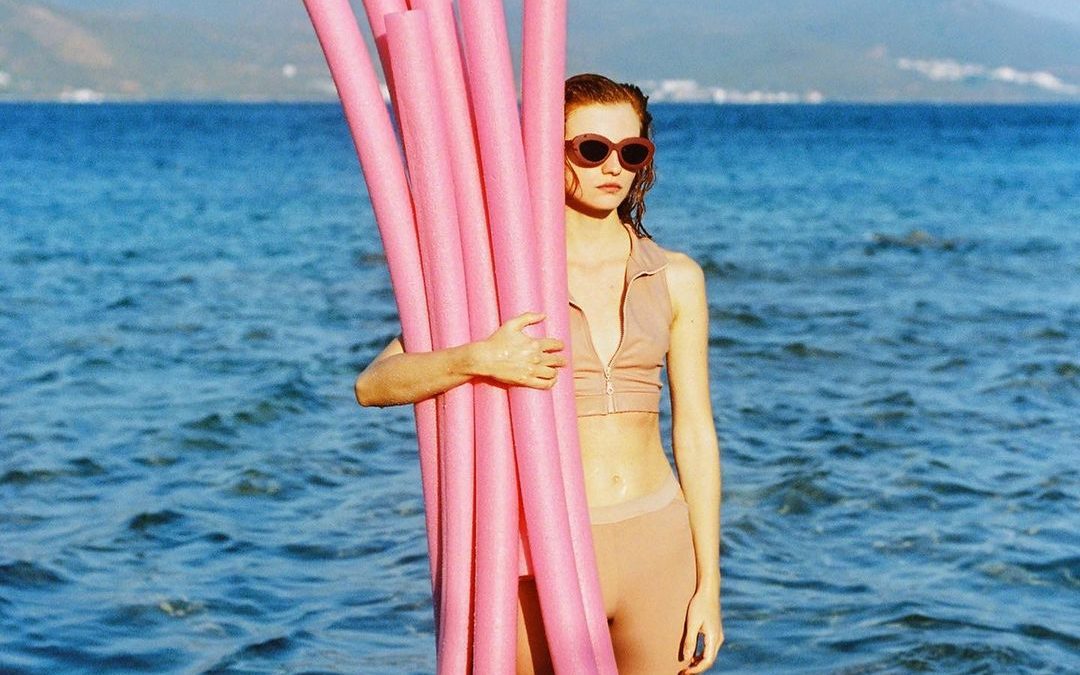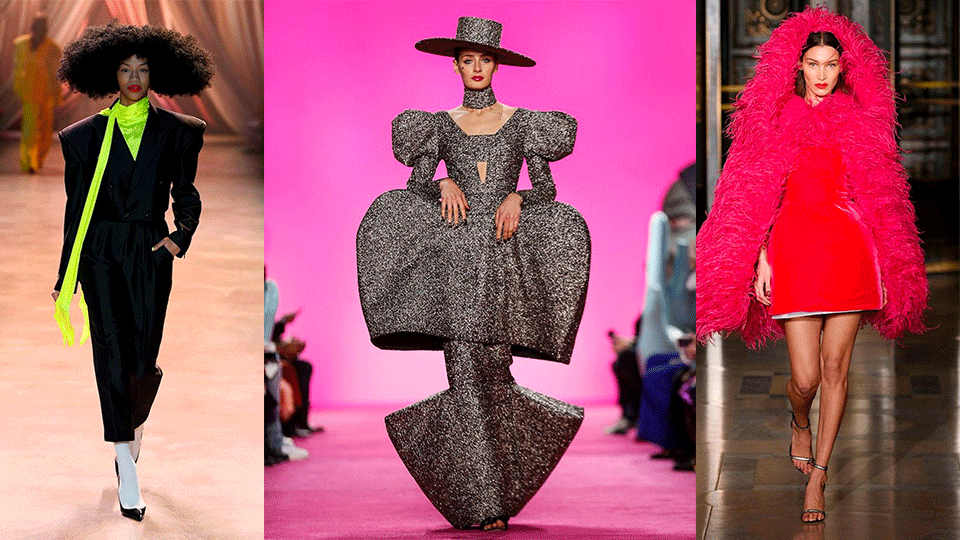- À New Wave to Fashion, À New Way of Living. Download Now on iOS Android Canada SS22
- hello@alahausse.ca
Clothes Made From Recycled Plastic? A Look Inside This Sustainable Clothing Production

Thrifting 101: What To Look For In Secondhand Fashion
April 30, 2021
Fur Free Fifth Avenue: How Big-Box Stores like Saks Fifth Avenue are Making the Shift to Cruelty-Free
May 7, 2021
Written by: Samantha Mastantuono
Fashion brands across the globe are striving to reduce the industry’s negative environmental impact by creating new clothing using only recycled materials. This practice supports a circular economy, which gives used materials that already exist in our world a new life and thus avoiding the landfills. Recently, there has been a growing movement in fashion production to create new pieces using recycled plastic. Sounds great right?

Plastic in our Oceans
Eight million metric tons of plastics enter our oceans each year, severely impacting the biodiversity within marine environments. Whether it’s plastic straws, bottles, or bags, this is incredibly problematic because these plastic materials are not biodegradable. This means these materials will not leave our waters unless we physically remove them. Environmentalists and organizations across the world are trying to come up with ways to not only prevent plastics from entering the ocean, but also ways to remove and reuse what is already there.
The Role of the Fashion Industry
A growing movement in the fashion industry is shifting towards a circular approach, to reverse the damage caused by the industry’s practices thus far. For instance, it is estimated that 92 million tonnes of textile waste are created every year globally, which ends up in our landfills or is burned into the atmosphere.
Fashion brands are investing in technology that can produce products made entirely from recycled materials, as well as in systems that will help us recycle our used clothing in a more sustainable way. Currently, only about 3% of used clothing is recycled and used to create new clothes. This is because certain fabrics like wool and cotton are extremely challenging to recycle. The fabrics our clothing is currently made up of are very complex since whole products are made up of a blend of different materials that cannot be separated. The infrastructure and technology needed to complete this recycling process are also too new. Therefore, companies are looking for other materials, like plastic water bottles, to recycle into new pieces in a more efficient and sustainable way. It is now more accessible than ever to find clothing made from recycled plastics.
How Does a Plastic Bottle Turn into a Clothing Item?
The concept of turning plastic into clothing may seem like a complicated process, so let’s break it down. Using plastic water bottles removed from the ocean as our material of choice, the process starts with these bottles being sorted by colour. This is because often only clear bottles can be used to make clothing. Once the sorting is complete, caps are removed and materials are sanitized. Then the bottles are broken down and shredded into small flakes. These flakes are then melted and spun into fine threads, which are spun together again to create yarn. This yarn can then be sewn into clothes to make various items ranging from swimwear to jackets, to activewear, to socks. Once the product is created, it then goes through other design processes such as colour dyeing.
Brands Leading the Way
Clothing brands like Patagonia, Girlfriend Collective, and EcoAlf are just a few brands that are using plastics removed from our oceans to produce new clothing items. Designer brands like Gucci are also starting to create capsules made from recycled plastic, and are showcasing these pieces on the runway. It is great to see a wide range of different brands trying to implement more sustainable practices!
The Issue of Microfibers
On the surface, making clothing out of recycled plastics may seem like a great idea, but environmentalists have been digging deeper into the negative effects of this practice. It has been discovered that washing clothes made from recycled plastic can cause the shedding of non-biodegradable microfibers. Microfibers are essentially very tiny pieces of plastic that can shed off clothing. They are released into our water systems and can harm the biodiversity within them.
These microfibers are rarely removed from the oceans because of its minuscule size. Technology is not quite there yet to filter out these microfibers before they reach the water systems. This filtration system could eventually be implemented into our washing machines to attempt to solve this problem. Girlfriend Collective, who is known for their activewear made from recycled plastic, now sells a Microfiber filter that you can install on your washing machine. Another good option is to wash your synthetics fabrics in a washing bag. Brands are also researching ways to reduce the microfiber release of their products.

Be Mindful of Consumption Habits
While clothes made from recycled plastics are an innovative way to repurpose plastics that already exist, the most effective solution to protecting the environment is to reduce our consumption habits. Overconsumption and waste is a major issue in the fashion industry. See this article on why you should think twice before donating your old clothes and get an idea of where your fashion waste really goes. For instance, in North America, around 85% of clothing goes directly to the landfill, rather than be recycled or reused.
The energy needed to produce and transport these clothing pieces made from recycled items is also damaging. So, it is important to be mindful of our purchases and invest in quality pieces that we are going to wear long-term to avoid excessive waste. Again, this circular approach to fashion is a fantastic way to support our environment, but this must be done in tandem with a reduction in our consumption.

Shopping Second-Hand is Always a Great Option
Shopping second-hand is another great way to affordably support circular fashion, as you are giving an item a new life and keeping it from the landfills. You can incorporate new items into your wardrobe while also protecting the planet. A lot of the time you can find high-quality gems at a fraction of the cost, just by shopping second-hand.
We at ÀLA.HAUSSE are committed to providing fashion lovers with a multifunctional ecosystem in which they can practice more sustainable consumption habits. Via ÀLA.HAUSSE‘s Multi-functional and Multi-purposeful Fashion Ecosystem- BUY/SELL/RENT/LEND/ (swap BETA 2021) mobile application, INDIVIDUALS & brands ( BETA 2021) are encouraged to REBUY, RESELL, REUSE and UP-CYCLE their personal “Clossets” aka Clothing Assets, along with overstock inventory and samples. Through this consumerism habit shift, we indirectly slow down the urgency on fashion’s carbon footprint, aiding sustainability as a whole.
BETA Early Access Application Now Open for CA Fashion Lovers: Apply Now for LAST CALL
with Stories on www.alahausse.ca
#ALAHAUSSE #WEARYOURPURPOSE #HAUSSEPEOPLE
References:
https://goodonyou.eco/ins-and-outs-of-recycled-plastic-clothing/
https://www.ellecanada.com/fashion/shopping/consuming-less-in-the-age-of-fast-fashion
https://oceanconservancy.org/trash-free-seas/plastics-in-the-ocean/
https://www.causeartist.com/the-future-of-fashion-turning-recycled-plastic-into-clothes/
https://www.girlfriend.com/pages/about
https://www.bbc.com/future/article/20200710-why-clothes-are-so-hard-to-recycle
Weber, S. (2015). The afterlife of clothes: how your donated garments make their way around the world. Alternatives Journal, 41(3), 26+. https://link.gale.com/apps/doc/A421212533/CPI?u=rpu_main&sid=CPI&xid=4c348e8a








